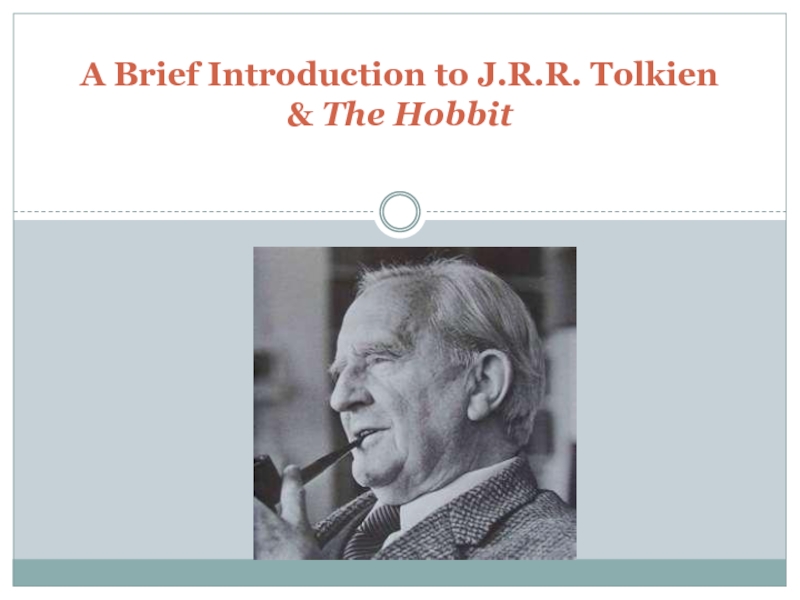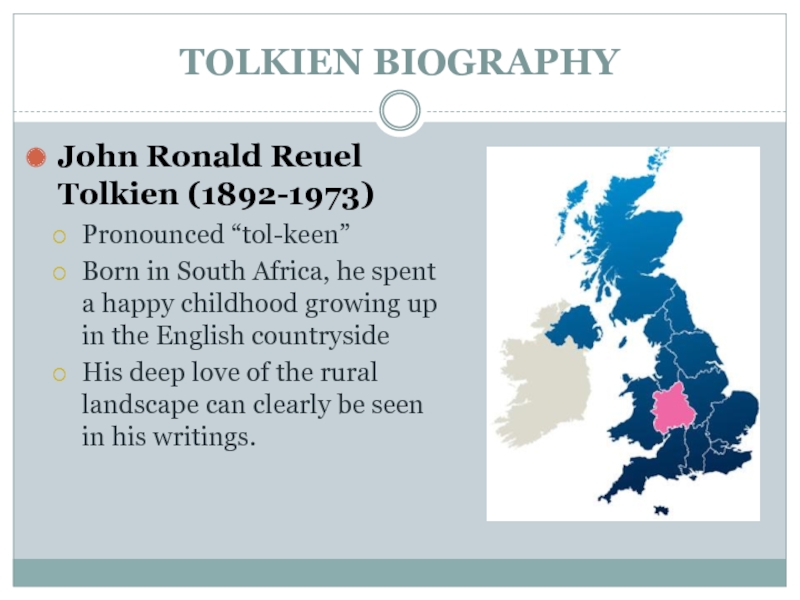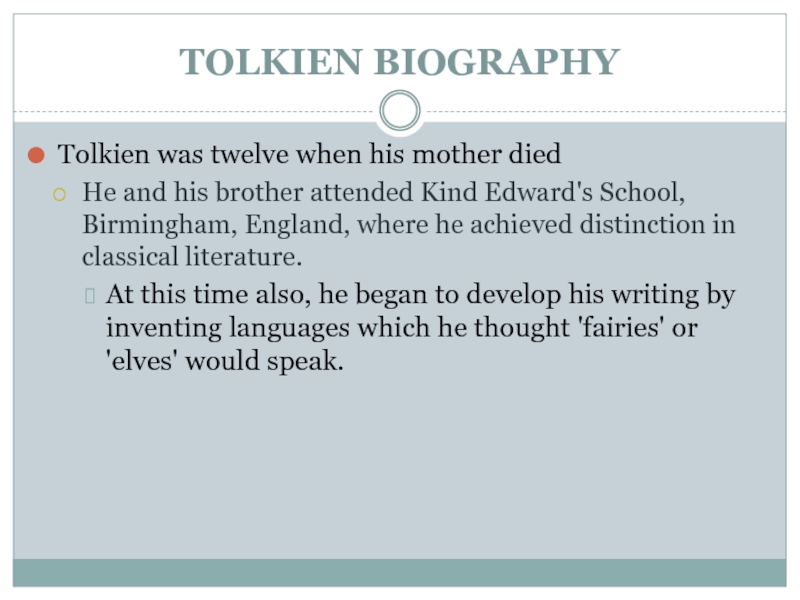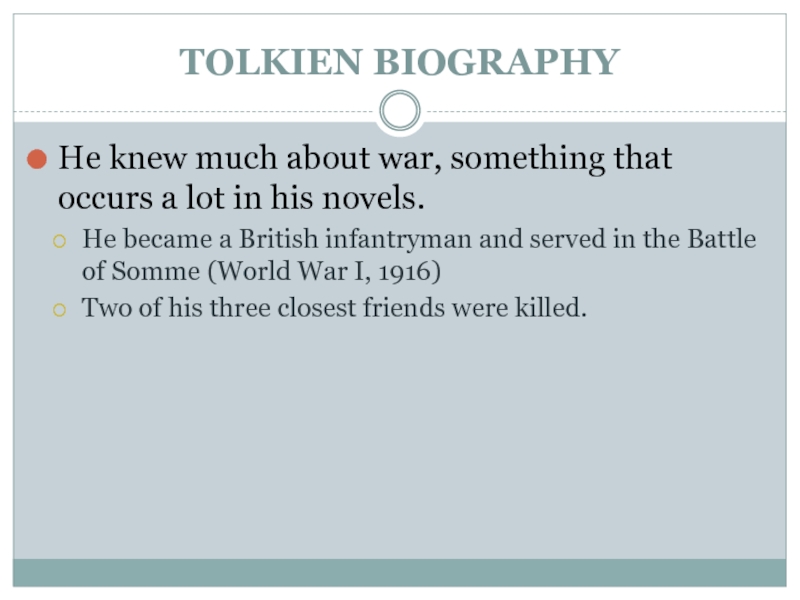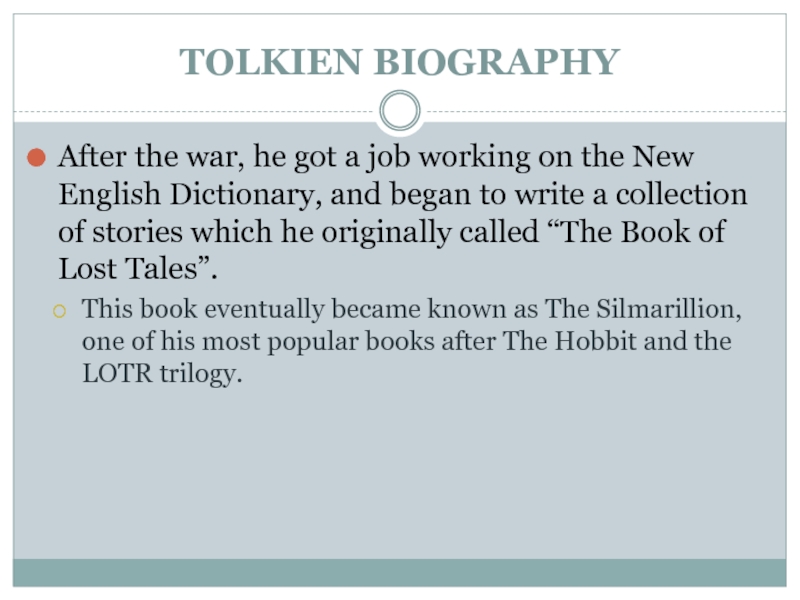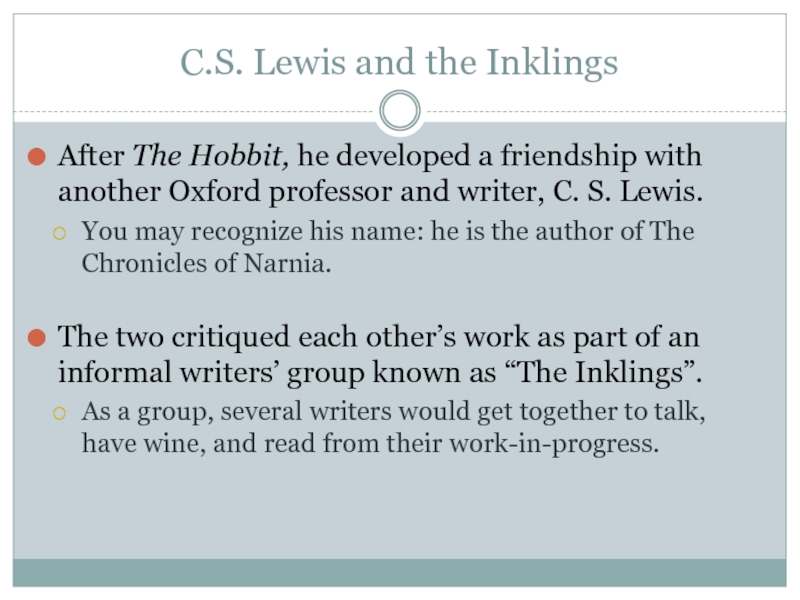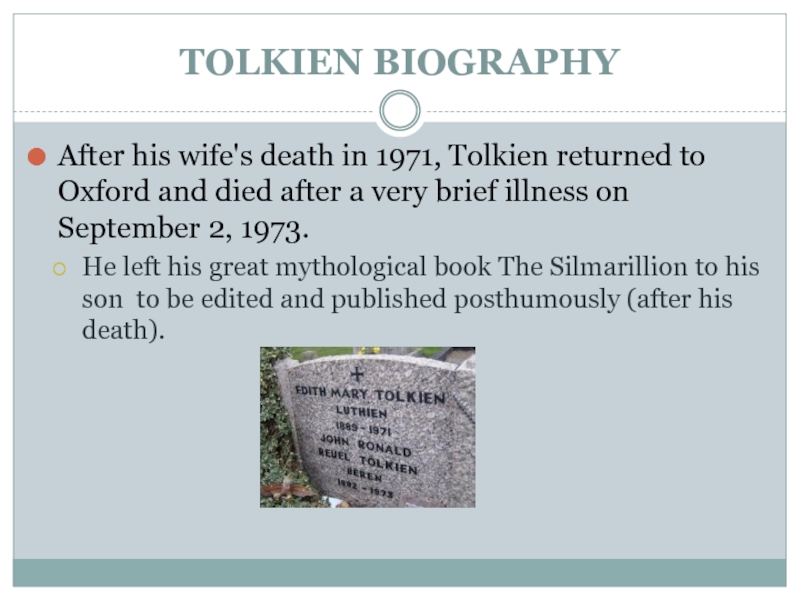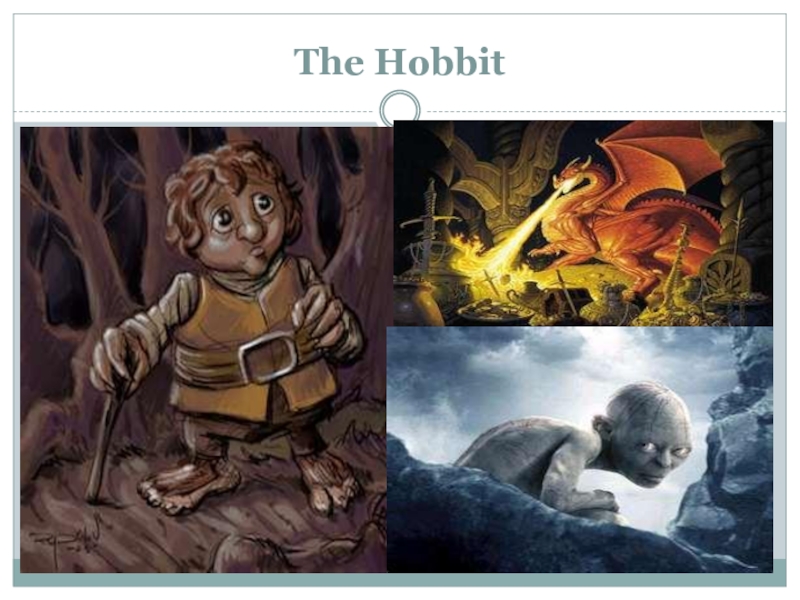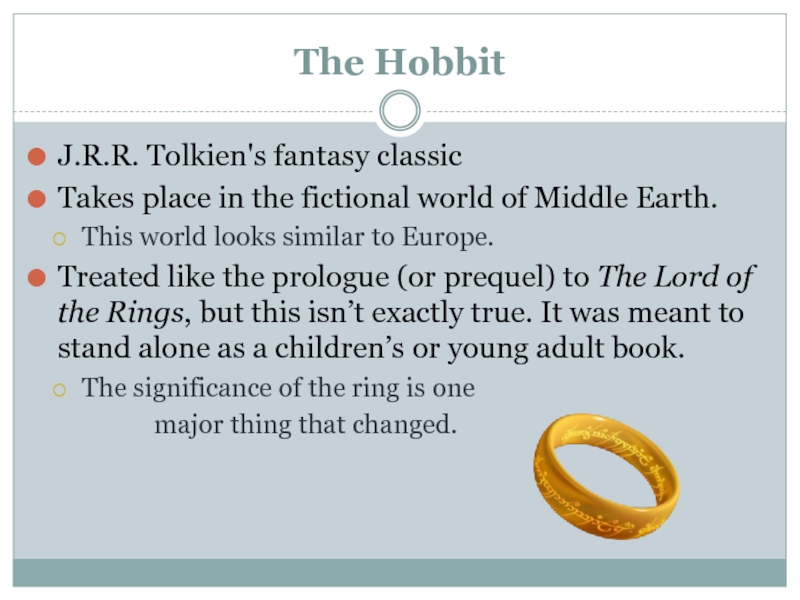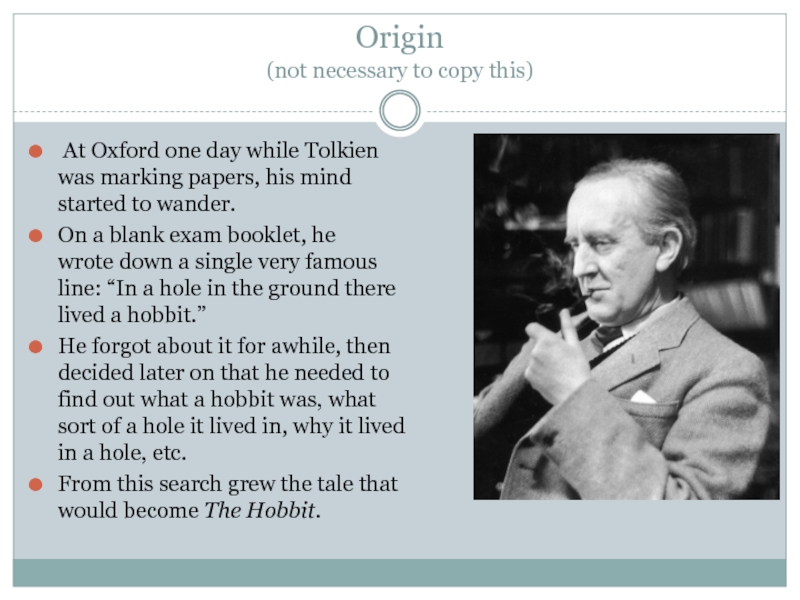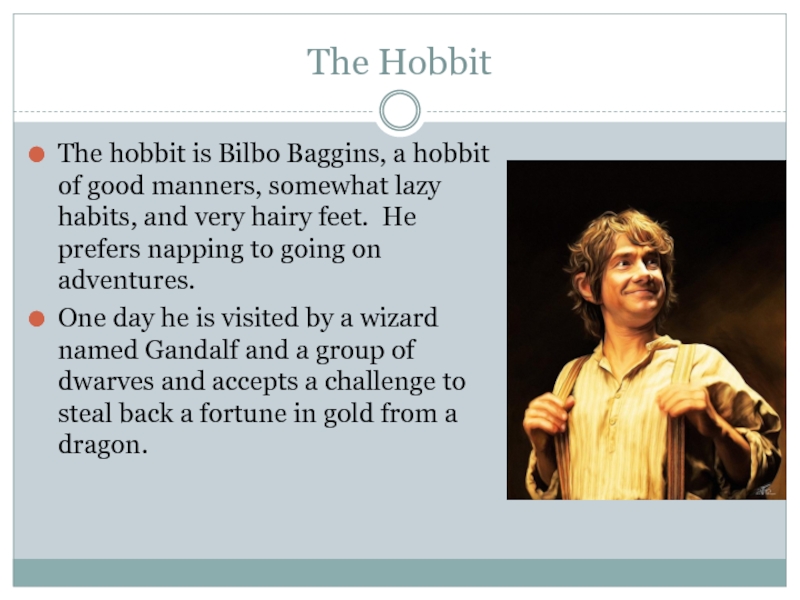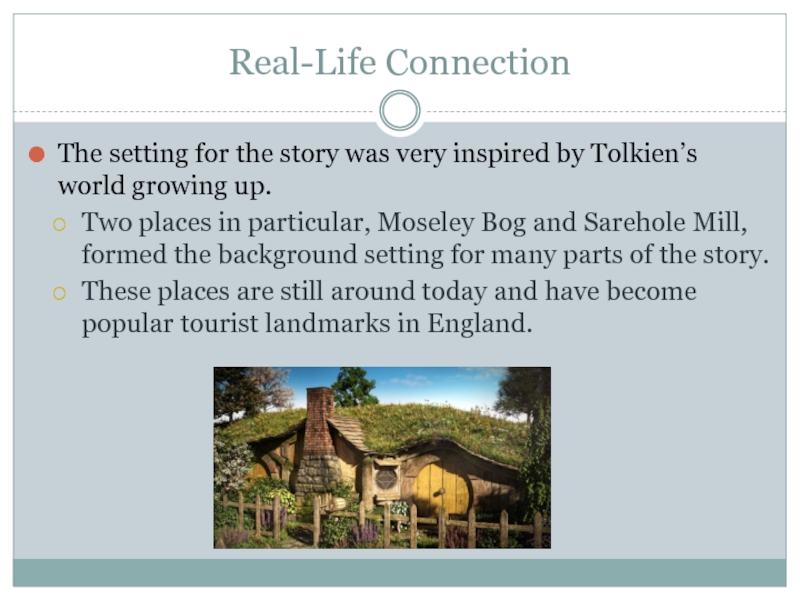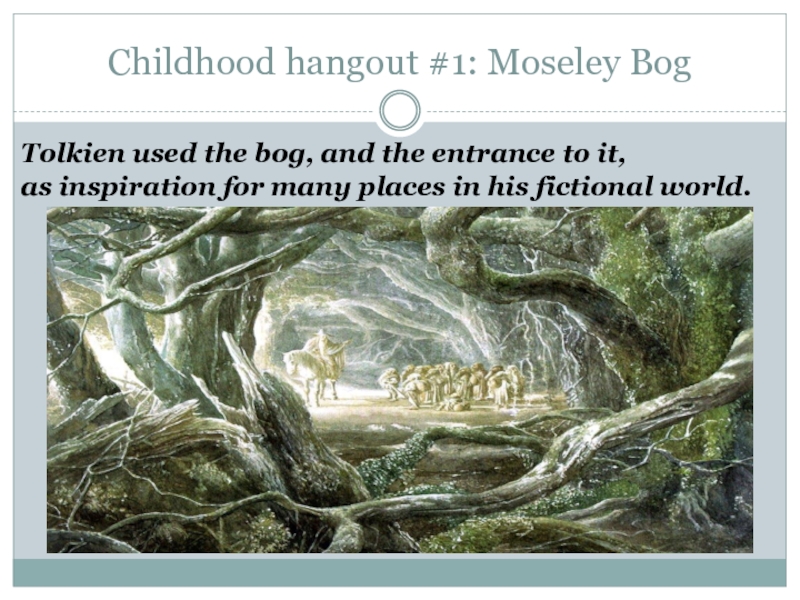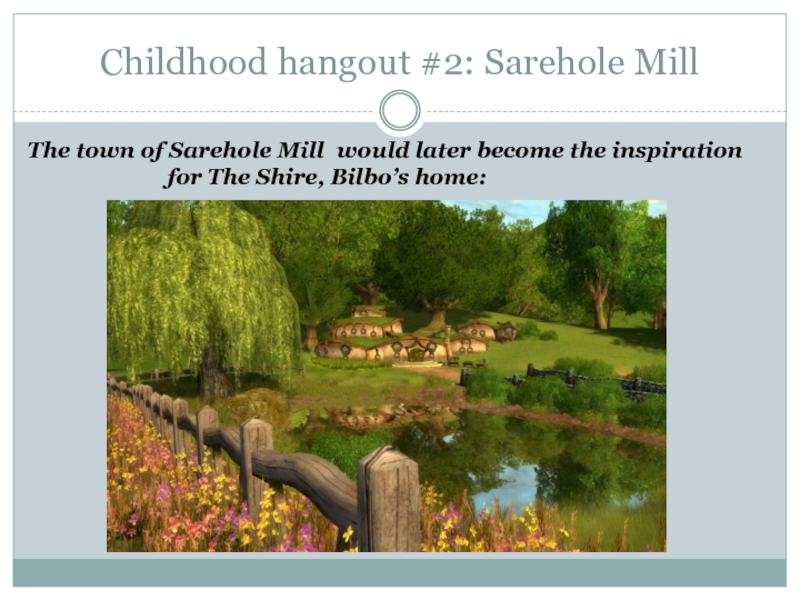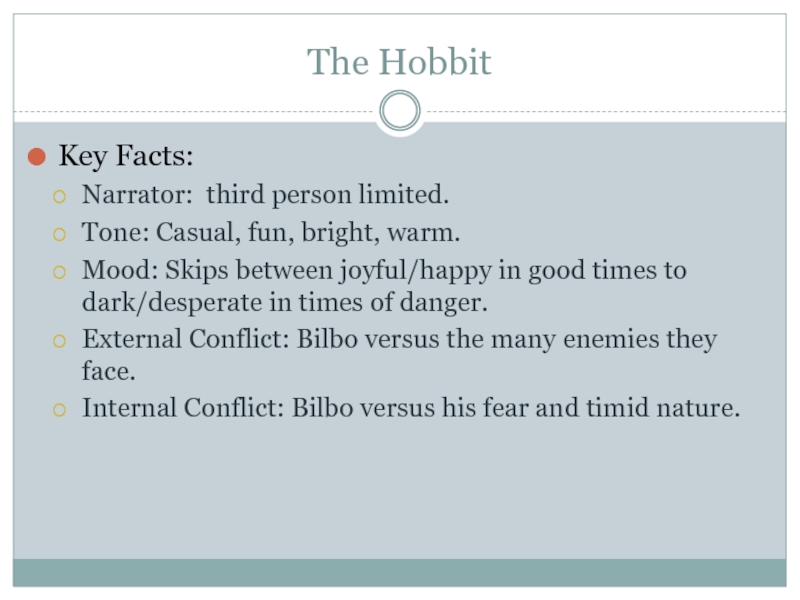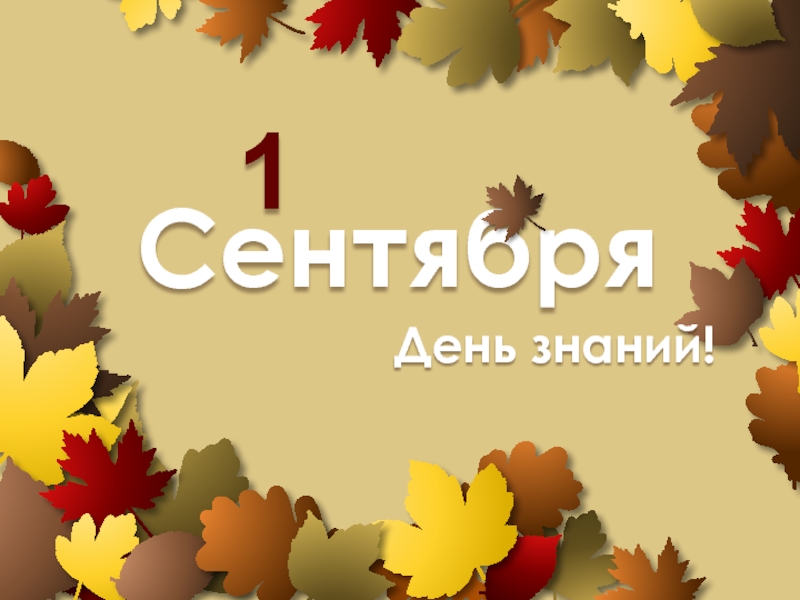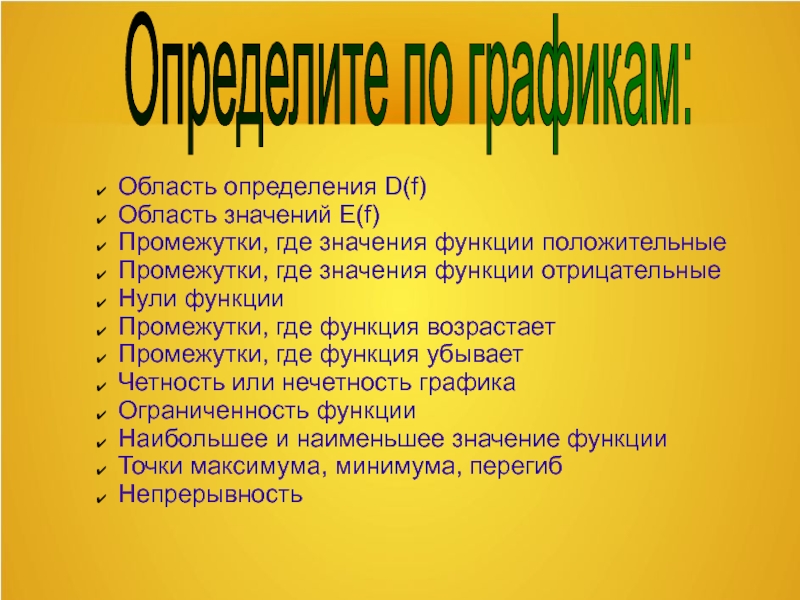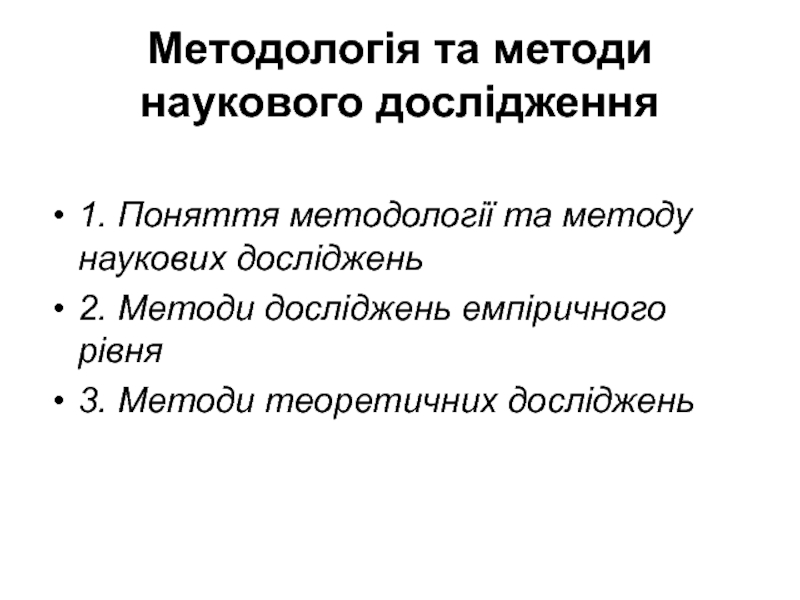Разделы презентаций
- Разное
- Английский язык
- Астрономия
- Алгебра
- Биология
- География
- Геометрия
- Детские презентации
- Информатика
- История
- Литература
- Математика
- Медицина
- Менеджмент
- Музыка
- МХК
- Немецкий язык
- ОБЖ
- Обществознание
- Окружающий мир
- Педагогика
- Русский язык
- Технология
- Физика
- Философия
- Химия
- Шаблоны, картинки для презентаций
- Экология
- Экономика
- Юриспруденция
A Brief Introduction to J.R.R. Tolkien & The Hobbit
Содержание
- 1. A Brief Introduction to J.R.R. Tolkien & The Hobbit
- 2. TOLKIEN BIOGRAPHYJohn Ronald Reuel Tolkien (1892-1973)Pronounced “tol-keen”Born
- 3. TOLKIEN BIOGRAPHYTolkien was twelve when his mother
- 4. TOLKIEN BIOGRAPHYHe knew much about war, something
- 5. TOLKIEN BIOGRAPHYAfter the war, he got a
- 6. TOLKIEN BIOGRAPHYTolkien became a professor of Anglo-Saxon
- 7. C.S. Lewis and the InklingsAfter The Hobbit, he developed
- 8. TOLKIEN BIOGRAPHYAfter his wife's death in 1971,
- 9. The Hobbit
- 10. The Hobbit J.R.R. Tolkien's fantasy classicTakes place
- 11. Origin (not necessary to copy this) At
- 12. The HobbitThe hobbit is Bilbo Baggins, a
- 13. Real-Life ConnectionThe setting for the story was
- 14. Childhood hangout #1: Moseley Bog Tolkien used
- 15. Childhood hangout #2: Sarehole MillThe town of
- 16. The HobbitMajor Themes and Conflicts:Good vs. Evil:
- 17. The HobbitKey Facts:Narrator: third person limited.Tone: Casual,
- 18. Скачать презентанцию
TOLKIEN BIOGRAPHYJohn Ronald Reuel Tolkien (1892-1973)Pronounced “tol-keen”Born in South Africa, he spent a happy childhood growing up in the English countrysideHis deep love of the rural landscape can clearly be seen
Слайды и текст этой презентации
Слайд 2TOLKIEN BIOGRAPHY
John Ronald Reuel Tolkien (1892-1973)
Pronounced “tol-keen”
Born in South Africa,
he spent a happy childhood growing up in the English
countrysideHis deep love of the rural landscape can clearly be seen in his writings.
Слайд 3TOLKIEN BIOGRAPHY
Tolkien was twelve when his mother died
He and his
brother attended Kind Edward's School, Birmingham, England, where he achieved
distinction in classical literature.At this time also, he began to develop his writing by inventing languages which he thought 'fairies' or 'elves' would speak.
Слайд 4TOLKIEN BIOGRAPHY
He knew much about war, something that occurs a
lot in his novels.
He became a British infantryman and served
in the Battle of Somme (World War I, 1916)Two of his three closest friends were killed.
Слайд 5TOLKIEN BIOGRAPHY
After the war, he got a job working on
the New English Dictionary, and began to write a collection
of stories which he originally called “The Book of Lost Tales”.This book eventually became known as The Silmarillion, one of his most popular books after The Hobbit and the LOTR trilogy.
Слайд 6TOLKIEN BIOGRAPHY
Tolkien became a professor of Anglo-Saxon at Oxford University.
He loved words and their origins, especially very old words.
Meanwhile,
his four children encouraged him to use his imagination at home. At night, Tolkien would put his children to bed and tell them stories he made up until they went to sleep.
One such story would later go on to become the story of The Hobbit, published years later in 1937
Слайд 7C.S. Lewis and the Inklings
After The Hobbit, he developed a friendship with
another Oxford professor and writer, C. S. Lewis.
You may recognize
his name: he is the author of The Chronicles of Narnia. The two critiqued each other’s work as part of an informal writers’ group known as “The Inklings”.
As a group, several writers would get together to talk, have wine, and read from their work-in-progress.
Слайд 8TOLKIEN BIOGRAPHY
After his wife's death in 1971, Tolkien returned to
Oxford and died after a very brief illness on September
2, 1973.He left his great mythological book The Silmarillion to his son to be edited and published posthumously (after his death).
Слайд 10The Hobbit
J.R.R. Tolkien's fantasy classic
Takes place in the fictional
world of Middle Earth.
This world looks similar to Europe.
Treated like
the prologue (or prequel) to The Lord of the Rings, but this isn’t exactly true. It was meant to stand alone as a children’s or young adult book.The significance of the ring is one
major thing that changed.
Слайд 11Origin
(not necessary to copy this)
At Oxford one day while
Tolkien was marking papers, his mind started to wander.
On
a blank exam booklet, he wrote down a single very famous line: “In a hole in the ground there lived a hobbit.”He forgot about it for awhile, then decided later on that he needed to find out what a hobbit was, what sort of a hole it lived in, why it lived in a hole, etc.
From this search grew the tale that would become The Hobbit.
Слайд 12The Hobbit
The hobbit is Bilbo Baggins, a hobbit of good
manners, somewhat lazy habits, and very hairy feet. He prefers
napping to going on adventures.One day he is visited by a wizard named Gandalf and a group of dwarves and accepts a challenge to steal back a fortune in gold from a dragon.
Слайд 13Real-Life Connection
The setting for the story was very inspired by
Tolkien’s world growing up.
Two places in particular, Moseley Bog and
Sarehole Mill, formed the background setting for many parts of the story. These places are still around today and have become popular tourist landmarks in England.
Слайд 14Childhood hangout #1: Moseley Bog
Tolkien used the bog,
and
the entrance to it,
as inspiration for many places in
his fictional world.Слайд 15Childhood hangout #2: Sarehole Mill
The town of Sarehole Mill
would later
become the inspiration
for The Shire, Bilbo’s home:
Слайд 16The Hobbit
Major Themes and Conflicts:
Good vs. Evil: can good triumph
over evil?
Courage: what does it mean to have courage, and
how does someone get it?Heroism: what is a hero? Is it something we are born as, or something we can become?
Слайд 17The Hobbit
Key Facts:
Narrator: third person limited.
Tone: Casual, fun, bright, warm.
Mood:
Skips between joyful/happy in good times to dark/desperate in times
of danger.External Conflict: Bilbo versus the many enemies they face.
Internal Conflict: Bilbo versus his fear and timid nature.
